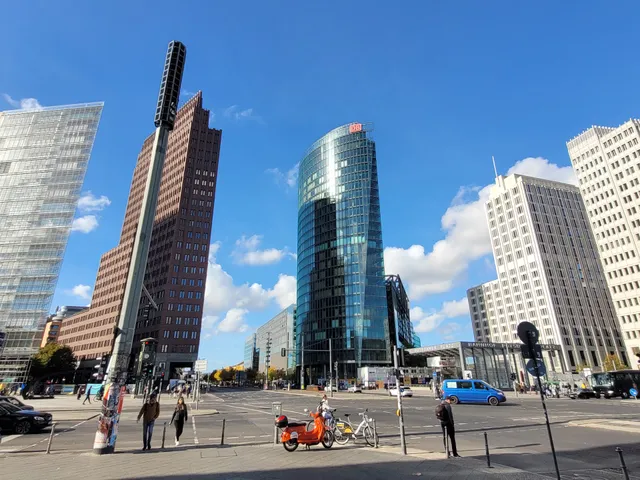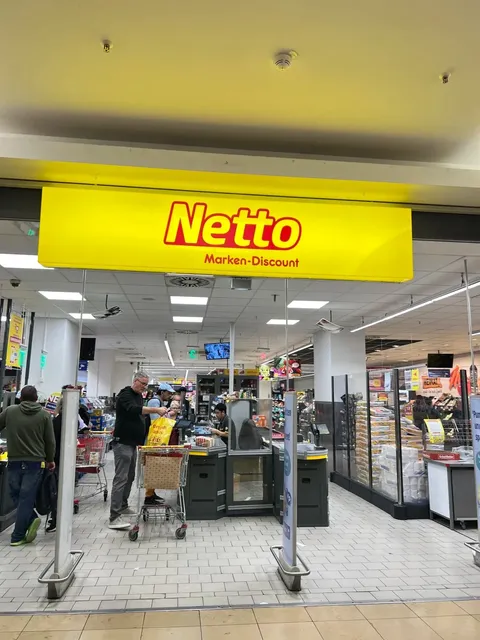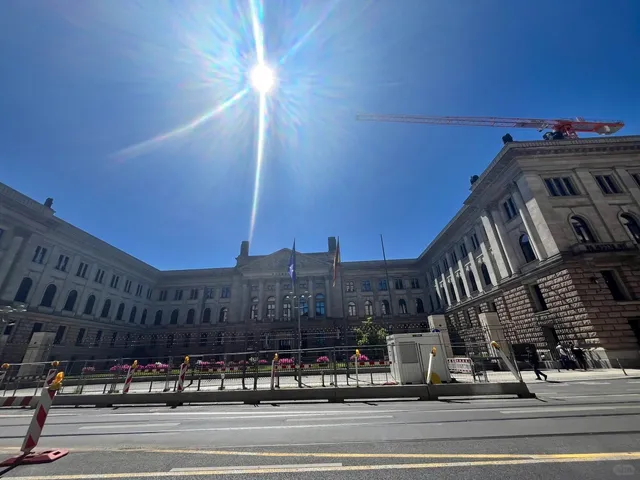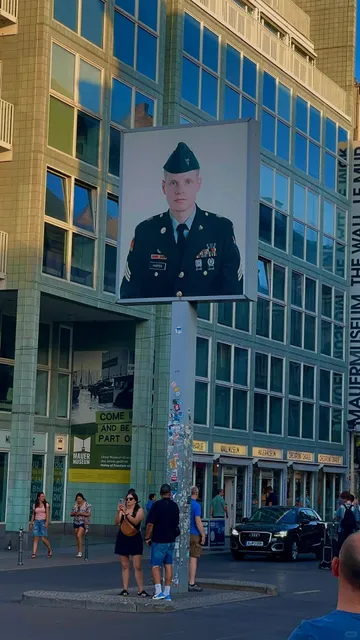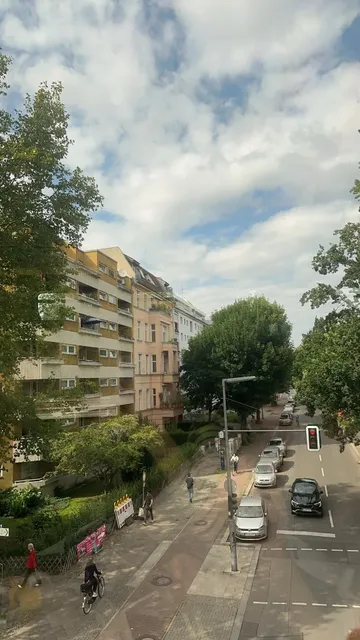Potsdamer Platz things to do, attractions, restaurants, events info and trip planning
Basic Info
Potsdamer Platz
Potsdamer Platz, 10785 Berlin, Germany
4.4(23.7K)
Open 24 hours
Save
spot
spot
Ratings & Description
Info
Cultural
Entertainment
Family friendly
Accessibility
attractions: Teil der Berliner Mauer, German Spy Museum, Panoramapunkt Berlin, Deutschlandmuseum, Berlin Wall, LEGOLAND Discovery Centre Berlin, Boulevard der Stars, Museum of Musical Instruments, Theater am Potsdamer Platz, Berliner Philharmonie, restaurants: AMRIT, MAREDO, dean&david | Bowls, Salate, Curries & Snacks in Berlin, Potsdamer Platz, Que Pasa Mexican restaurant, essenza Potsdamer Platz 1, Vapiano, Five Guys Burgers and Fries Berlin Potsdamer Platz, Saravanaa Bhavan, Burgermeister Potsdamer Platz, goldies
 Learn more insights from Wanderboat AI.
Learn more insights from Wanderboat AI.Website
potsdamerplatz.de
Plan your stay

Pet-friendly Hotels in Berlin
Find a cozy hotel nearby and make it a full experience.

Affordable Hotels in Berlin
Find a cozy hotel nearby and make it a full experience.

The Coolest Hotels You Haven't Heard Of (Yet)
Find a cozy hotel nearby and make it a full experience.

Trending Stays Worth the Hype in Berlin
Find a cozy hotel nearby and make it a full experience.
Reviews
Nearby attractions of Potsdamer Platz
Teil der Berliner Mauer
German Spy Museum
Panoramapunkt Berlin
Deutschlandmuseum
Berlin Wall
LEGOLAND Discovery Centre Berlin
Boulevard der Stars
Museum of Musical Instruments
Theater am Potsdamer Platz
Berliner Philharmonie
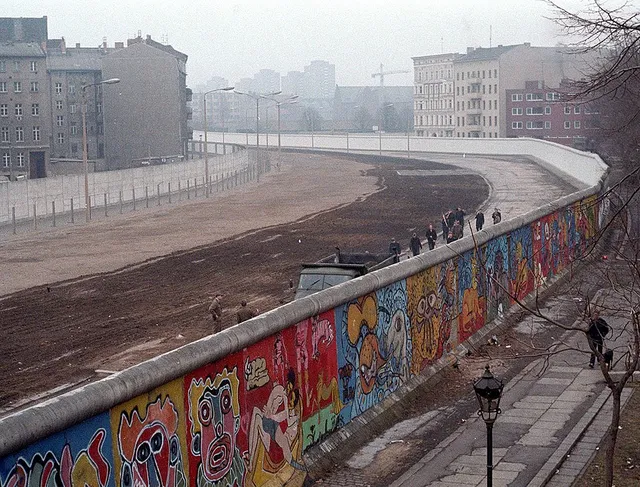
Teil der Berliner Mauer
4.4
(920)
Open until 12:00 AM
Click for details
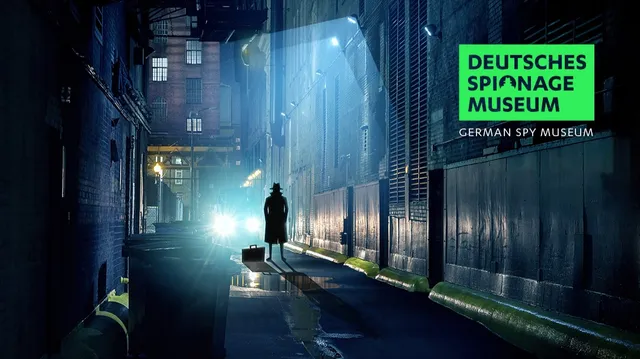
German Spy Museum
4.3
(7K)
Open 24 hours
Click for details
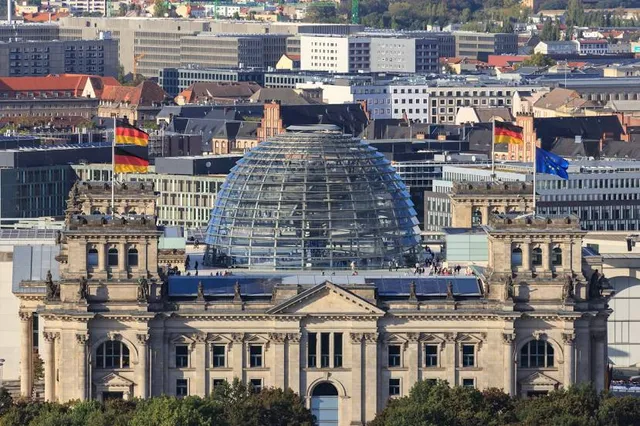
Panoramapunkt Berlin
4.7
(746)
Open 24 hours
Click for details
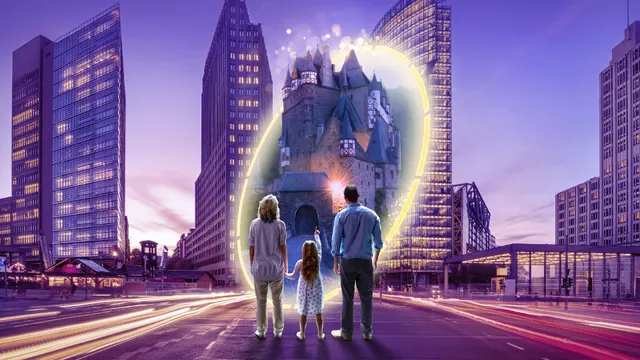
Deutschlandmuseum
4.6
(1.6K)
Open 24 hours
Click for details
Things to do nearby
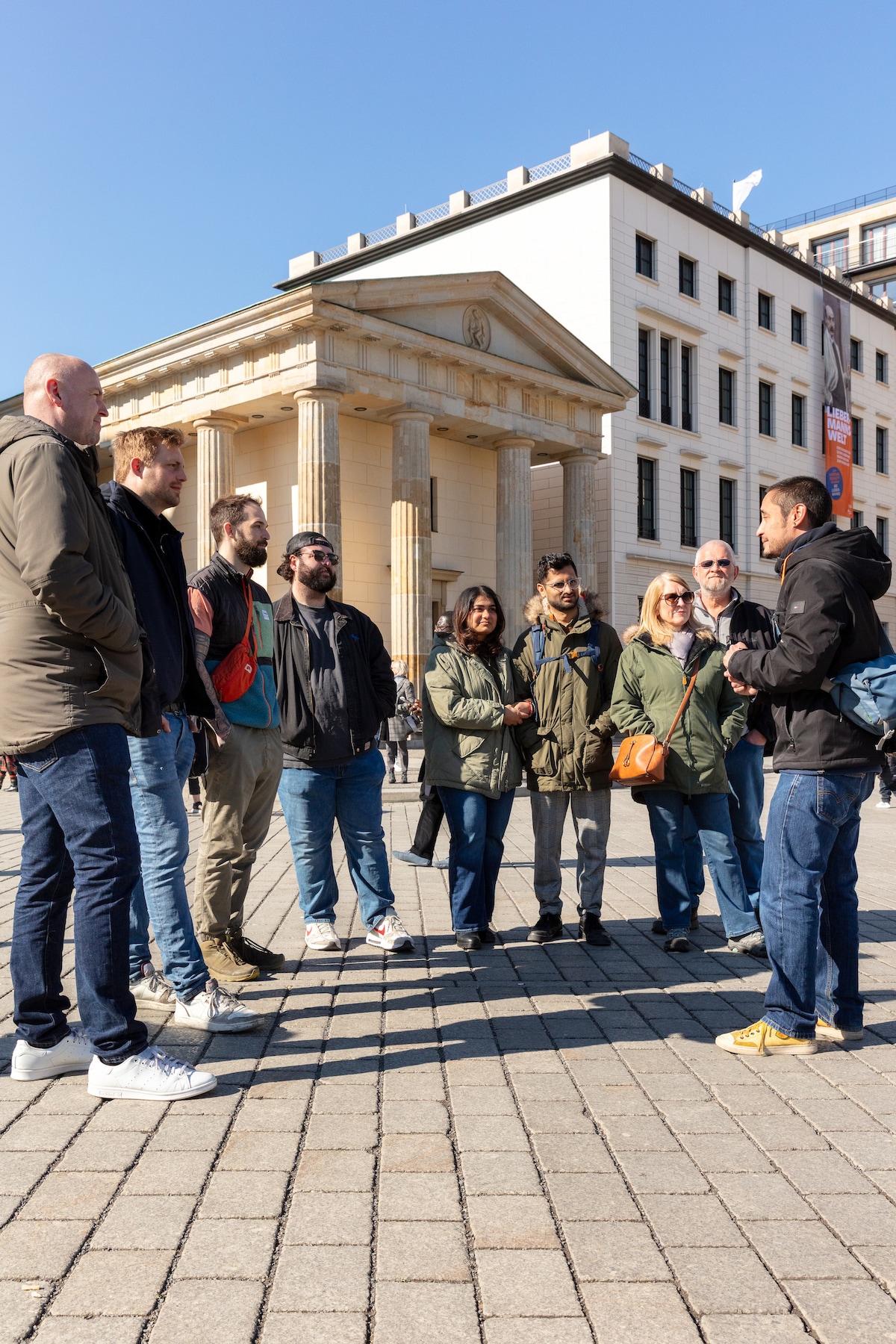
Rude Bastards Tour of® Berlin
Mon, Dec 29 • 10:00 AM
10785, Berlin, Germany
View details
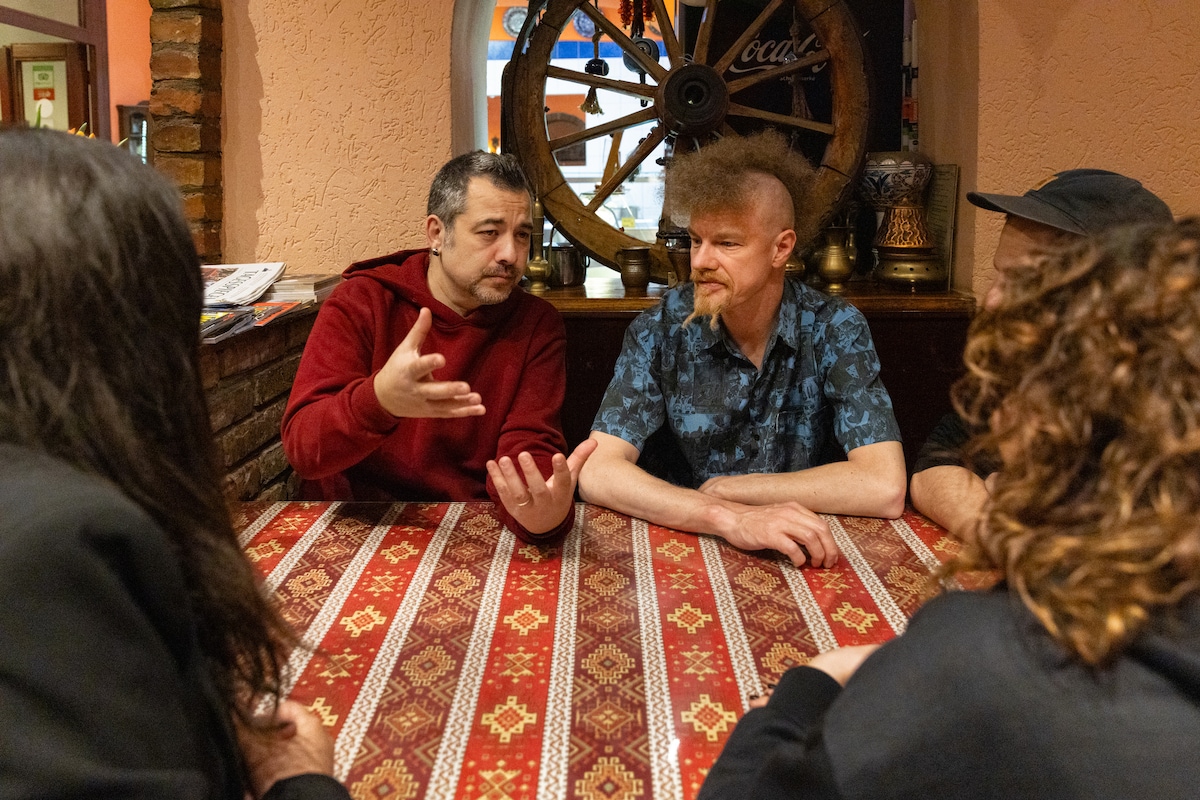
Explore Kreuzbergs vibrant food scene
Tue, Dec 30 • 11:00 AM
10999, Berlin, Germany
View details
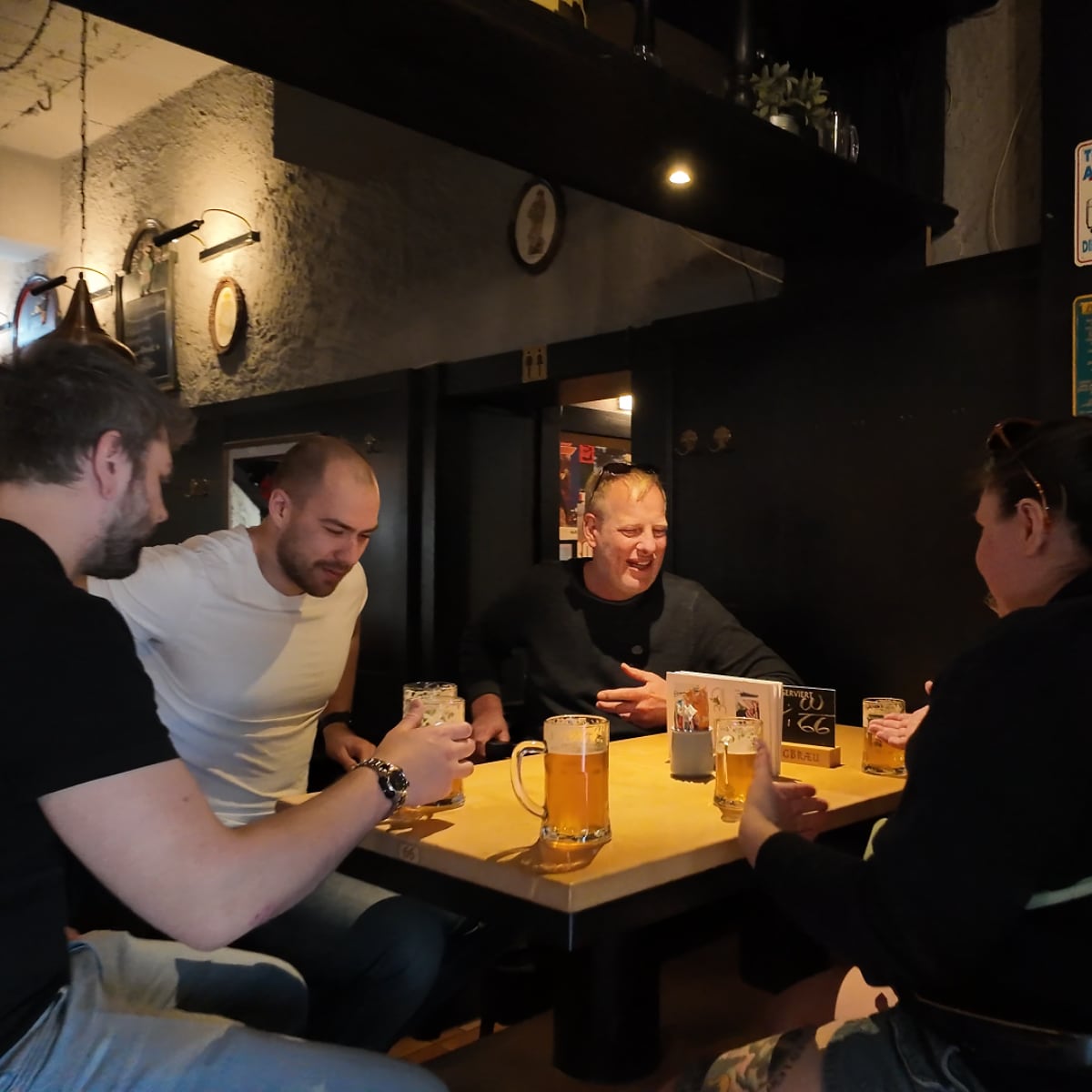
Historic Pubs of Berlin & Berlin Beer Tour
Fri, Jan 2 • 3:00 PM
10178, Berlin, Germany
View details
Nearby restaurants of Potsdamer Platz
AMRIT
MAREDO
dean&david | Bowls, Salate, Curries & Snacks in Berlin, Potsdamer Platz
Que Pasa Mexican restaurant
essenza Potsdamer Platz 1
Vapiano
Five Guys Burgers and Fries Berlin Potsdamer Platz
Saravanaa Bhavan
Burgermeister Potsdamer Platz
goldies
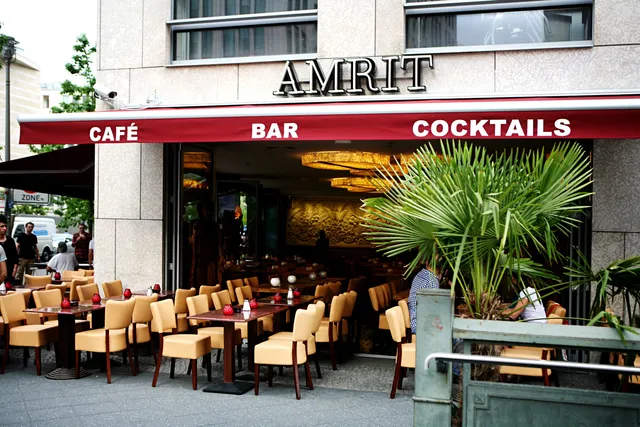
AMRIT
4.5
(3.6K)
Click for details
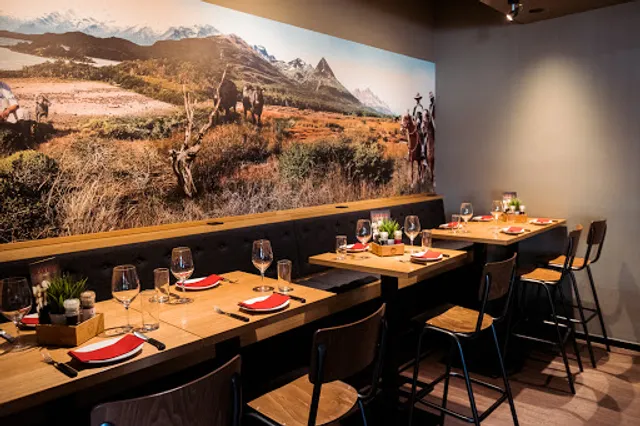
MAREDO
4.4
(1.8K)
$$
Click for details
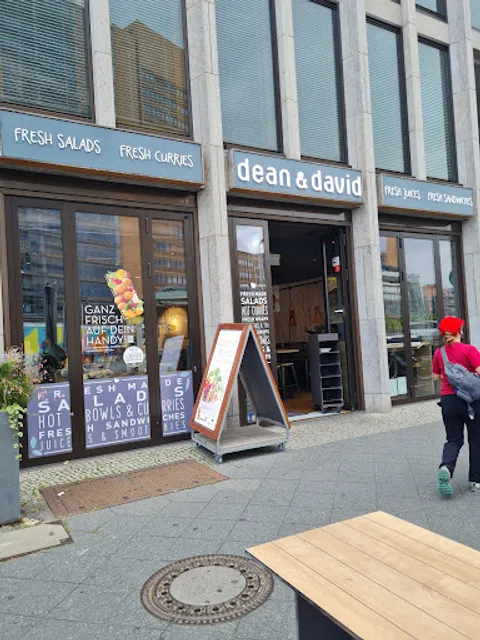
dean&david | Bowls, Salate, Curries & Snacks in Berlin, Potsdamer Platz
4.4
(590)
Click for details
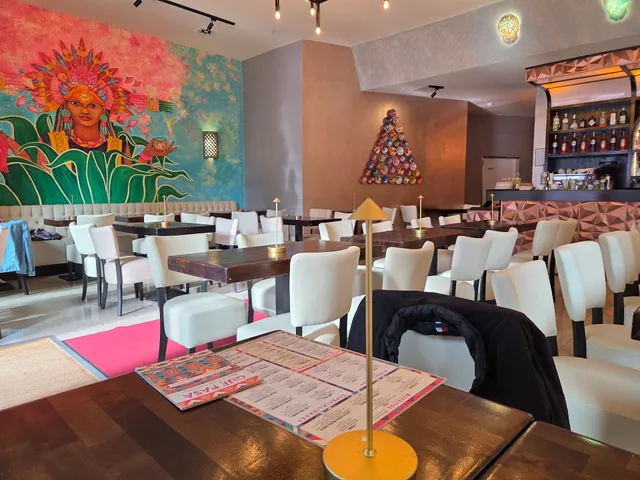
Que Pasa Mexican restaurant
3.8
(1.3K)
Click for details
